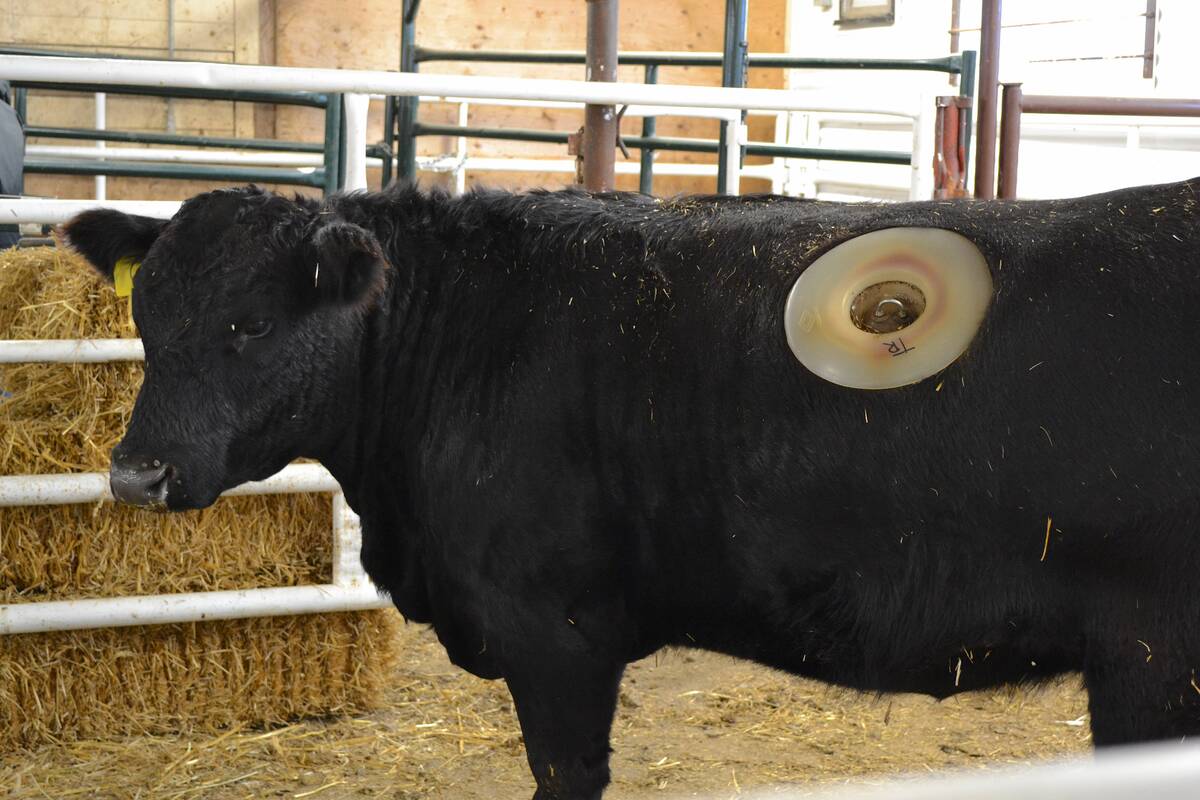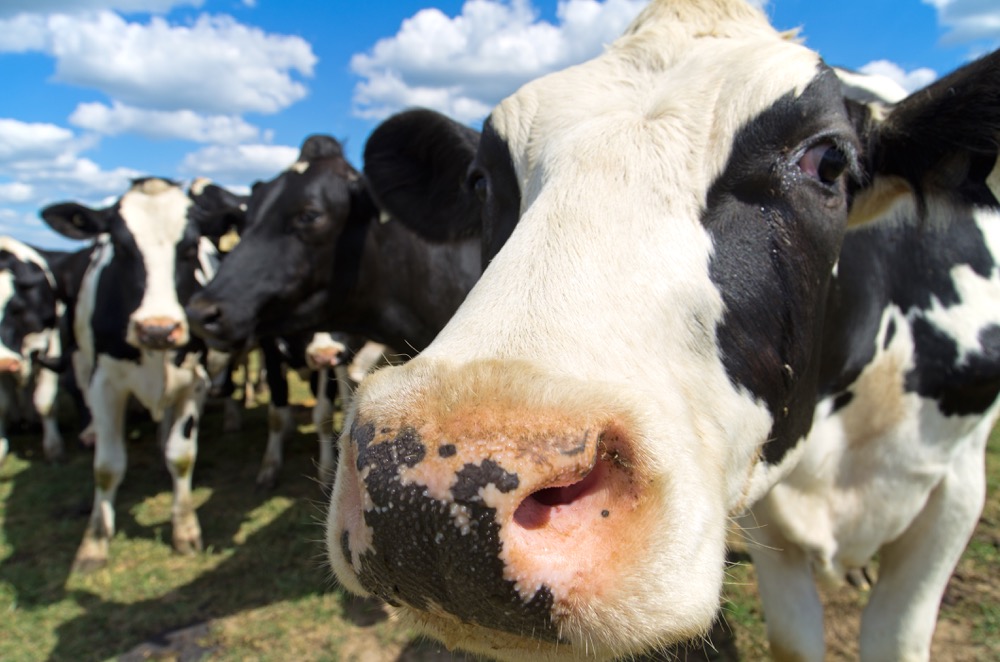During a recent agricultural discussion, the chat centred around the public’s perception of animal agriculture and waste.
As I had recently been at sea, our conversation shifted to the ocean being used as a dumping ground for human sewage and other waste. I became curious. What produces more waste — a feedlot or a ship, particularly a cruise ship?
Being on the sea comes with the distinct challenge of being surrounded by water you cannot drink and producing waste you cannot store. Each day, human waste along with bilge water (the liquid collected during sailing at the bottom point of the ship) is released into the sea. The bilge water is a mixture of water, oil, chemicals, sewage and grey water leaks, exhaust scrub, metal, soot and bacteria.
Read Also

Lakeland College studying livestock wellness through cannulated heifers
Lakeland College’s Applied Research Team is working with six cannulated heifers on a handful of research projects.
For Canadians, this waste release is especially concerning. Canada has active, massive deep-water ports and the sailing route to Alaska is through Canadian waters off the West Coast. The U.S. prohibits dumping it within its territorial waters so ships that come from or through American waters dump their waste in Canadian territory.
More with Brenda Schoepp: Take a ‘man overboard’ approach to make your farm safer
Canada’s weak regulations state that heavy waste has to be released 12 nautical miles out, and grey and black water has to be dumped three to 12 nautical miles from shore. This is meaningless as the ocean is always in motion. Where something is dumped is not where it stays.
Considering that the larger cruise ships now house up to 5,000 guests and several thousand staff, I got busy researching how much sewage is produced on a vessel and calculated how that compares with a feedyard.
The latest data from industry reports that a cruise ship with 5,000 persons produces 158,500 litres of sewage waste per day. This does not include the toxic bilge water.
As cattle produce approximately 27 litres of waste per day, a 5,000 head feedyard produces 135,000 litres of waste. Based on a 140-day feeding period, that feedyard will create 18,900,000 litres of waste.
During the same 140 days, a cruise ship with 5,000 persons on board would produce 22,190,000 litres of waste — or 3,290,000 litres more than the 5,000 head feedyard.
To put it into perspective we have to consider annual output.
According to a report from The Guardian newspaper, the domestic and foreign shipping industry is estimated to dump a total of 147 billion litres of sewage and water waste within Canadian waters annually. With approximately two million head of cattle on feed (with an assumption of full capacity for the purpose of calculation), the entire cattle feeding industry contributes 19.7 billion litres of managed waste — or 127.3 billion litres less than the shipping activity. Of the 30 million vessels at sea, 6,000 will be large cargo ships and 323 will be huge cruise ships.
As well, a pen of healthy cattle will produce organic matter that can be incorporated, stored, composted or biodigested into gas. It has a value in the food production, environmental and green technology/energy chain.
So, it has a cleaner profile than the human waste and is without contents such as soap, shampoo, perfume, cosmetics, birth control, antibiotics, street drugs, caffeine, alcohol and harsh cleaners. These combined with bilge water often result in the eventual demise of entire ecosystems.
Manure from Canadian cattle has yet to be responsible for the demise of entire ecosystems. Yet oceans, the largest respirator in the world and the highways for food trade, are choking on human sewage and waste, and Canadian waters are not protected.
Just as I knew little about the waste situation at sea until I got curious, consumers likely know very little about the role of beef production in terms of value within the food system.
Every industry has value and it is time to engage in a different format.
According to Statistics Canada, the beef industry contributes $21.8 billion to the nation’s GDP with the tourism industry just slightly lower (at $19.6 billion) and the marine/shipping industry at $3 billion. There is no argument as to the relationship between beef production or tourism or shipping to Canada’s economic prosperity. A collaborative approach is needed.
It is time to change the dialogue.
For industry, adding a well-researched manure index that shows the contribution of this resource to soil health and fertility, biodiversity and green or clean energy is a start. Let’s dig deeper into the benefits of correctly handled, stored and value-added waste.
It is important for the public to be exposed to the benefits of the beef system in its entirety, and explained in plain language. The consumer is very keen on soil and water right now — the beef industry could lead this discussion. For the well-being of us all, industry and the consuming public could join together to collectively lobby government for further changes to the dumping laws in Canadian waters.
Very soon we will see the day that we appreciate and protect clean water and manure and its availability in different forms will be one of the most valued resources on Earth.
















